Digital comics have been growing at a tremendous rate over the past years, with initiatives like Thrillbent gaining prominence on top of individual projects like Dinosaur Comics, or Dr McNinja. People are trying new things with content and accessibility, as well as community – which is where Tapastic comes into play.
I was contacted by Nina Kester, their creative and content consultant, who showed me around the site.
Now entering the second year of existence, Tapastic draws from the influence of Korean ‘webtoons’, and is centred around the idea of creating a central location and community which will support the various comics hosted by the site. Creators working with the site own their own content, but are asked to host it only on Tapastic – creating a portal with unique content which isn’t being seen elsewhere.
It’s a big project, but one which people seem to be very excited about – close to a million dollars has been invested into the project from people including Adam D’Angelo, one of the key figures in the original form of Facebook. You may or may not have heard of Tapastic, but it seems poised to become one of the biggest changes in digital content yet seen. I spoke to Nina about the concept and formation of the site, as well as how it operates and what their goals are.
Steve: What is the premise of Tapastic? I’ve seen it referred to as being “the YouTube of webcomics” on several other websites.
Nina: YouTube is a very close comparison. Like Tapastic they allow independent user-generated content to shine.
Creative possibilities with independent videos exploded because YouTube took down the barrier between content creators and those of us who are hungry to be entertained. They also created an environment where a creative community and audience could come together over innovative content. This is what we want to do with Tapastic.
For creators, Tapastic is a community and tool for digitally publishing and building readership for independent comics. For readers, it is a modern platform that is constantly evolving to provide the best experience for consuming independent comics and interacting with their creators.
We really look forward to seeing how comic innovators will change the medium through Tapastic’s tools and community collaborations, as video innovators have with YouTube’s services.
Steve: The particular style of comic on the site has been referred to as “webtoons”, a term arriving from Korea. To what extent did the webtoon scene inspire the decision to found a site for US readers?
Nina: Greatly. In South Korea, webtoons are immensely popular to the point of being a phenomenon with a huge market share, and with the boom of digital publication and consumption in the US, we feel there is a great opportunity to recreate this phenomenon in America.
The vertical format was greatly inspired by how Naver, the largest portal for webtoons in Korea, standardized their independent comics. As we move forward we are adapting that experience using the data we collect on how Tapastic’s users interact with the content and community.
Steve: How do you define the webtoons which readers can find on the site? What differentiates them from more typical American webcomics?
Nina: We want to define the content more broadly than webcomics or webtoons which have established styles and preconceptions. We often use the phrase “visual stories” or “digital comics” to do so.
We want our creators to think about and take responsibility for the reading experience and the translation between how someone would consume their comics on the web or tablet versus a smartphone. Tapastic publishers are not only digital natives, they’re mobile natives.
Most American webcomics stem from newspaper formats. While Tapastic’s vertical format is able to host that content, many creators are beginning to understand and take a step forward into Tapastic’s next step, a more digital friendly container for the medium of comics.
Steve: How did you plan the design of the website? What were you looking to offer readers/creators when setting up the function of the site itself, to offer something other websites don’t?
Nina: We wanted to focus on providing tools for creators beyond just web hosting and for readers to have a more intuitive and pleasant reading experience. We also wanted the Tapastic platform to look modern and clean which really lets the art and stories shine. It’s important to us that the platform doesn’t overshadow or distract from the content.
I have to be honest. I enjoy US webcomics but it’s a huge hassle to discover and keep track of them. We wanted to design a space where all of a reader’s favorite stories could be collected and tracked together automatically (for example, when signed in, your spot within a comic is auto-bookmarked, and when you subscribe to a series you are notified whenever it updates).
We also want to optimize the reading experience to be consistent, and are periodically updating reading functionality to make it more seamless. As a reader, your focus should be to read and to read more.
We are also focusing on designing the go-to digital toolset for independent creators to succeed in sharing their stories and building their fan base. We’ve started with features ranging from basics like scheduling episodes and embedding to more experimental things like SoundCloud integration.
Through the design, we’re always innovating ways to make independent digital comics better, and I’m excited about the ideas in the current pipeline. Keep your eyes peeled, particularly through the end of this year.
Steve: And how has this been extended into the Tapastic app?
Nina: Often mobile is a bit of content here or there – like Tapas (see what we did there?). Sometimes mobile use can be someone’s primary form of internet access. Either way we know that the app has to be even simpler and more intuitive. You have to be able to read an episode and switch back to jumping off the bus at your stop or answering a call.
Steve: What would you say are the benefits for the creators who choose to showcase their comics through Tapastic? Are they compensated for their work?
Nina: As in all things there is no trick or shortcut for success. It takes hard work, dedication, and involvement to succeed, but Tapastic is right there with creators constantly innovating and developing new tools to help. Our tools and select publisher coaching are designed to support promising creators and help prepare them to excel on our platform with the goal of reaching eligibility requirements for our performance-based compensation programs.
Even though Tapastic is a tool for publishing, not a publisher, we believe that publisher (creator) success deserves to be rewarded and offer #Primetime revenue share from our powerful advertising pull and Minimum Guarantees, or fixed monthly pay, to top performing publishers. In turn, the success of these top performers helps other publishers and the Tapastic community at large. Some are even earning livable wages based on their performance from a combination of both benefit programs, Primetime and Minimum Guarantee.
Beyond our platform and benefit programs, one of our greater benefits to new creators is our existing publisher (creator) community. Our private Facebook Group for Tapastic Publishers is a hotbed of ideas and conversation . These are creators who are involved in defining their own future and becoming driving forces in the scene, in addition to having a pure fascination with the medium of comics. Our brand new forum reboot (forum.tapastic.com) is acquiring that Facebook Publisher community and extending that experience to readers as well.
Our community inspires us to innovate and help shape the site to benefit them by sharing their experiences. They also keep us on our toes. We get a great deal of feedback and product ideas from them, many of which end up in the development pipeline.
Steve: Have there been any particular creator success stories so far?
Nina: Yes! And we couldn’t be prouder.
MIKA is a Korean creator who was having great difficulty breaking into the flooded Korean webtoons market. On Tapastic she quickly gained a readership by actively engaging with that audience for all four of her series, including her most popular ones Pink Zombies and Castor. She is now helping to guide other Korean creators how to be actively involved in marketing themselves to build their readership and using the tools Tapastic has to offer.
In the US, Devin Bosco Le had reached a small and steady tumblr following, but when he began publishing on Tapastic (at the behest of a friend who was an avid Tapastic user) his readership exploded. He is now one of the top 10 publishers on Tapastic with his series Randomphilia.
Steve: Can anybody submit comics, or do you regulate so only certain works can appear on the site?
Nina: Anyone can upload content to the site and we keep track of everyone. We monitor how often people create a new series and post new episodes, and certainly keep an eye out for potential. We offer tips and tricks, amongst other helpful content, on our blog for techniques that we’ve seen garner results. We want all publishers to have them at their disposal.
Since we have a large volume of content there can seem like an overwhelming amount to choose from. We curate the home page and have a recommendation algorithm to help people discover great content as recommendations between episodes. Once you create a profile and start to like and subscribe to certain series, the algorithm takes notice and begins to make more personalized recommendations.
Steve: One of the stated goals of the site is to create a community for creators. How do you feel the site has managed this, thus far?
We have a core group of community leaders and super users that have nicknamed themselves “Brendas,” to help us lead the charge and who have a greater, more intimate understanding of the conversations our community wants to be having as well as the manpower to help us keep the new forums rolling.
To see the true power of our community I recommend reading Trudgingly Oblivious which is written by Brenda Tapper, the pen name of our community. Each episode is written by a different individual creator or a new team up of creators working together to further the story.
Steve: Various reports have suggested that the site has quite a lot of financial backing – $750000 has been raised through seed funding. How are you planning to monetise the site to support that immediate investment? There’s been a struggle thus far to monetise digital comics – how will Tapastic move past that?
Nina: We just raised an additional $650,000, part of which came from the original Facebook CTO and Quora CEO, Adam D’Angelo. The other parts came from existing Tapastic investors, 500 Startups and Strong Ventures, which were part of the previous round of $750,000 in funding.
In the previous quarter, we began experimenting with advertising on the site and have done well in striking a balance between securing revenue while not obstructing the design or community culture. Monetization is a huge topic; one we are taking the time and research to get right. As a free community of content it can be challenging to come up with just the right solution, but we have a couple of promising options ahead of us.
Steve: One year in, how do you feel with the way Tapastic has grown over the course of the last twelve months? What are your ambitions moving forward into year two?
Nina: We’ve learned a lot. We created our publisher benefits program, the Primetime Publisher Program, now known as #Primetime. We learned how to motivate an amazing creative community that’s inspired projects like the community written, “Trudgingly Oblivious,” I mentioned which has gotten rave reviews. We’ve had some great artist success stories, including MIKA and Devin not to mention others.
In the next year, the innovative platform developments we’re building and the voice of our community will continue to push the boundaries of how the public thinks about comics and how we consume them. As Tapastic now passes more than one thousand series titles, changes to better community and discovery within the platform will be big, too.
There may even be some new platforms inspired by Tapastic’s success that you’ll want to keep an eye out for.
Wherever you have a powerful and invested community, there is a great future. Tapastic has a bright one.
Thank you very much to Nina for being so generous with her time. You can find Tapastic here, and follow Nina on Twitter here. Keep an eye out on this site!
@stevewmorris



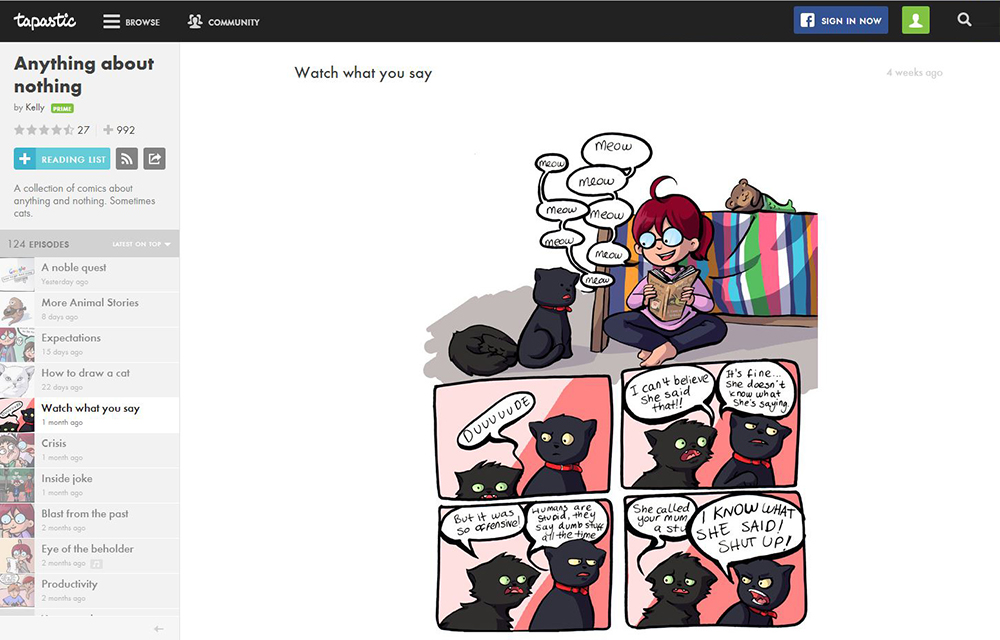
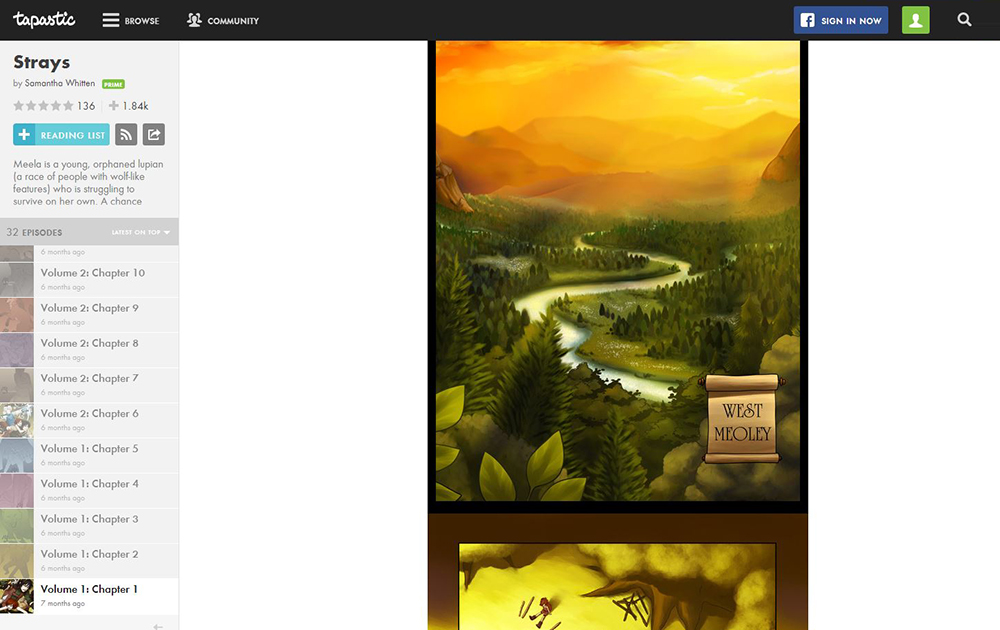
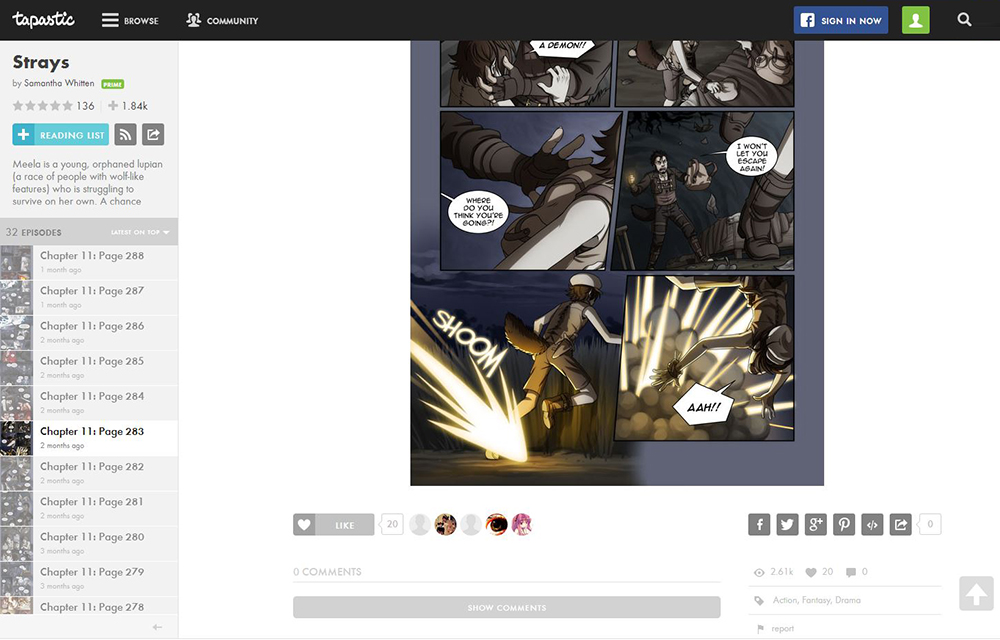
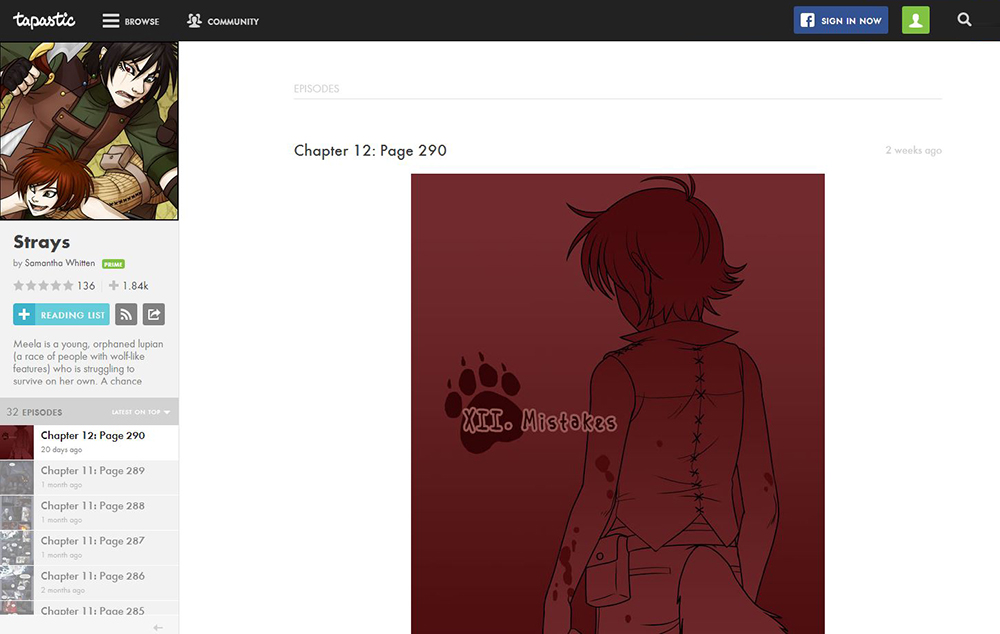
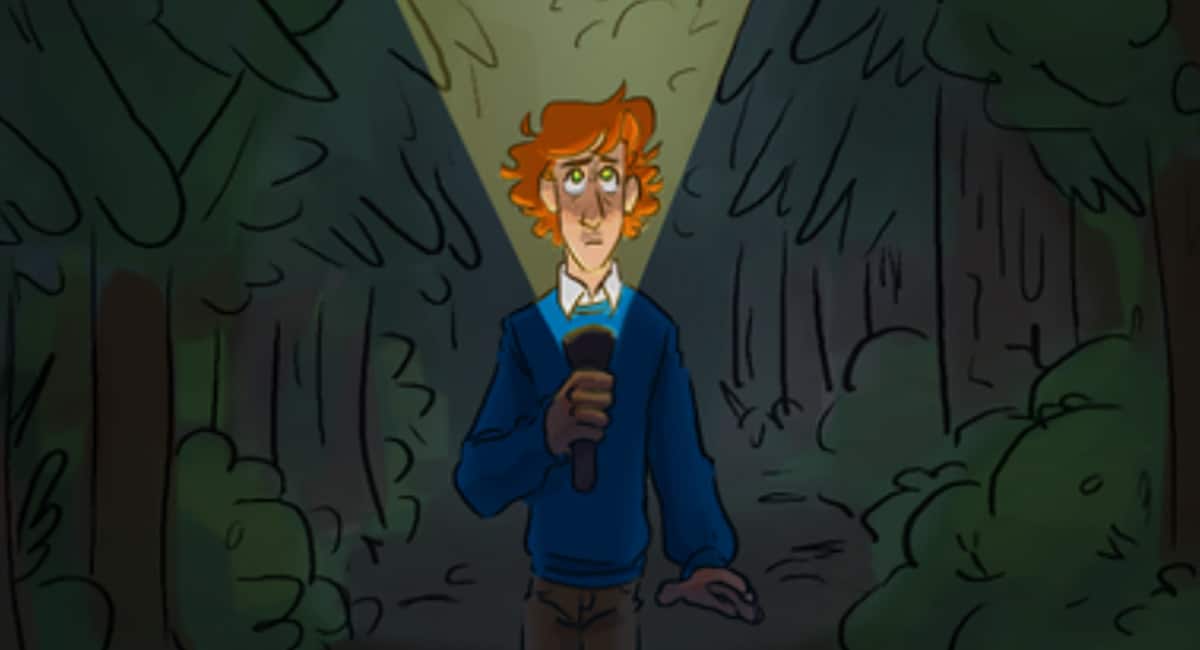
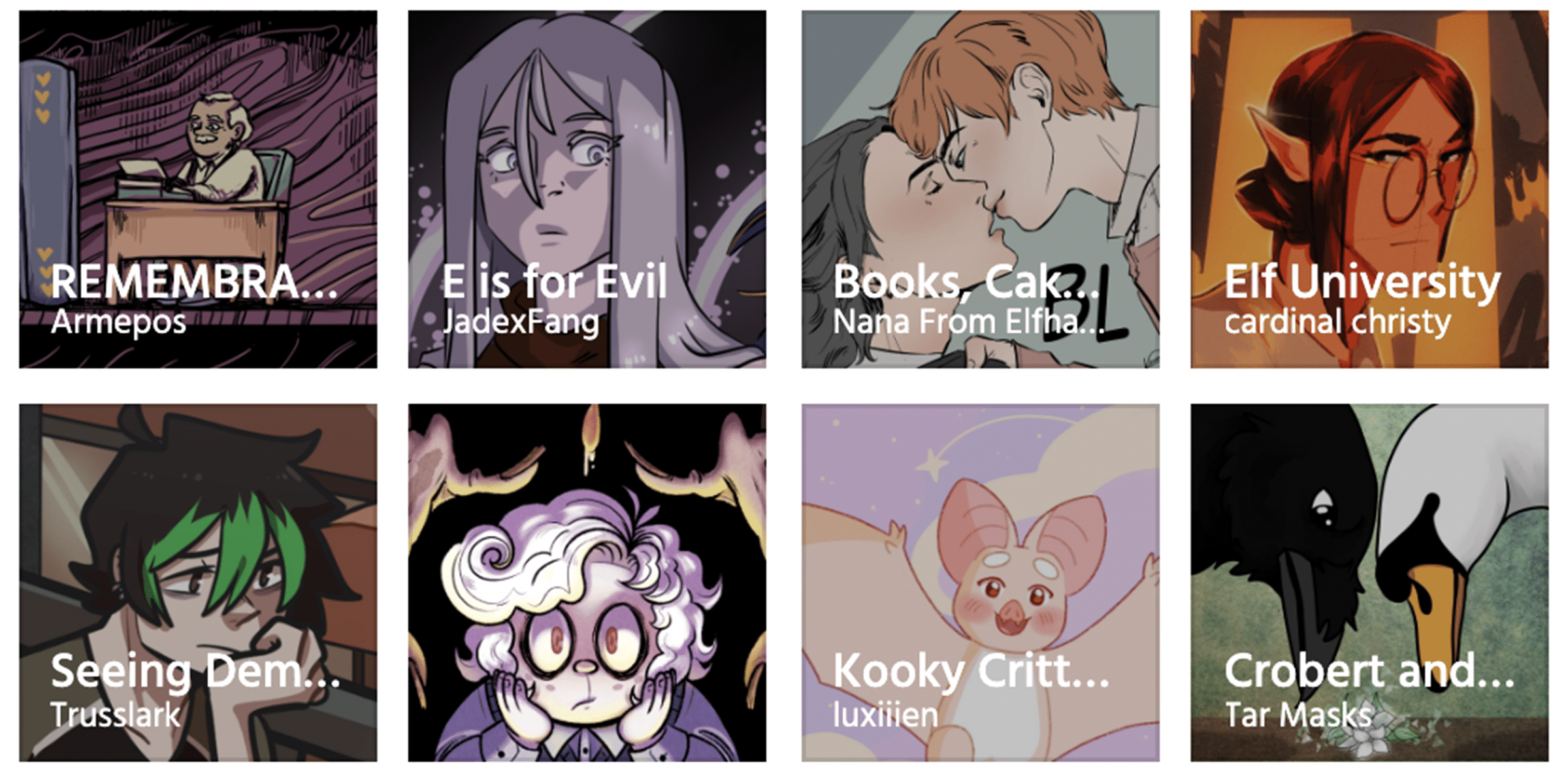




Congrats on the interview, Nina!
I have a couple of strips on Tapastic. The upload process is pretty smooth. Fans are reading the comics. Overall a pretty positive experience.
Great interview–Nina knows her stuff! She’s bringing me and Kid Beowulf to tapastic beginning November 5th! #shamelessplug
http://tapastic.com/series/kidbeowulf
Comments are closed.